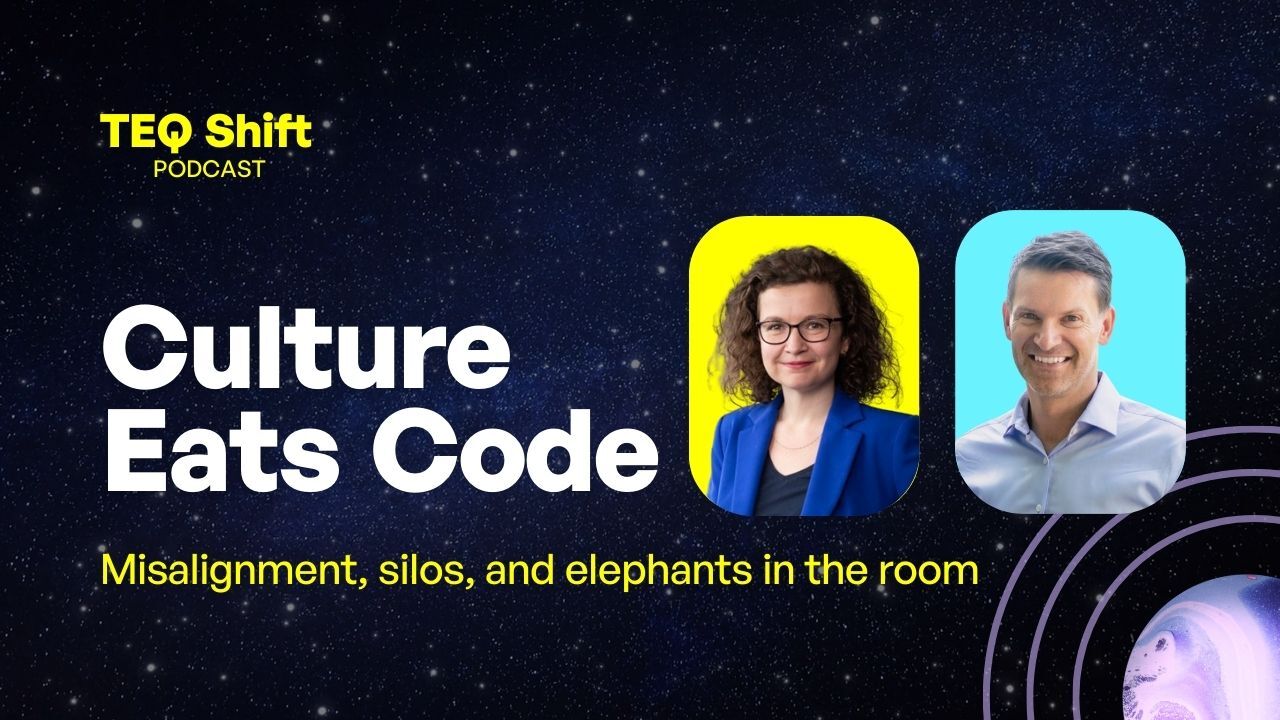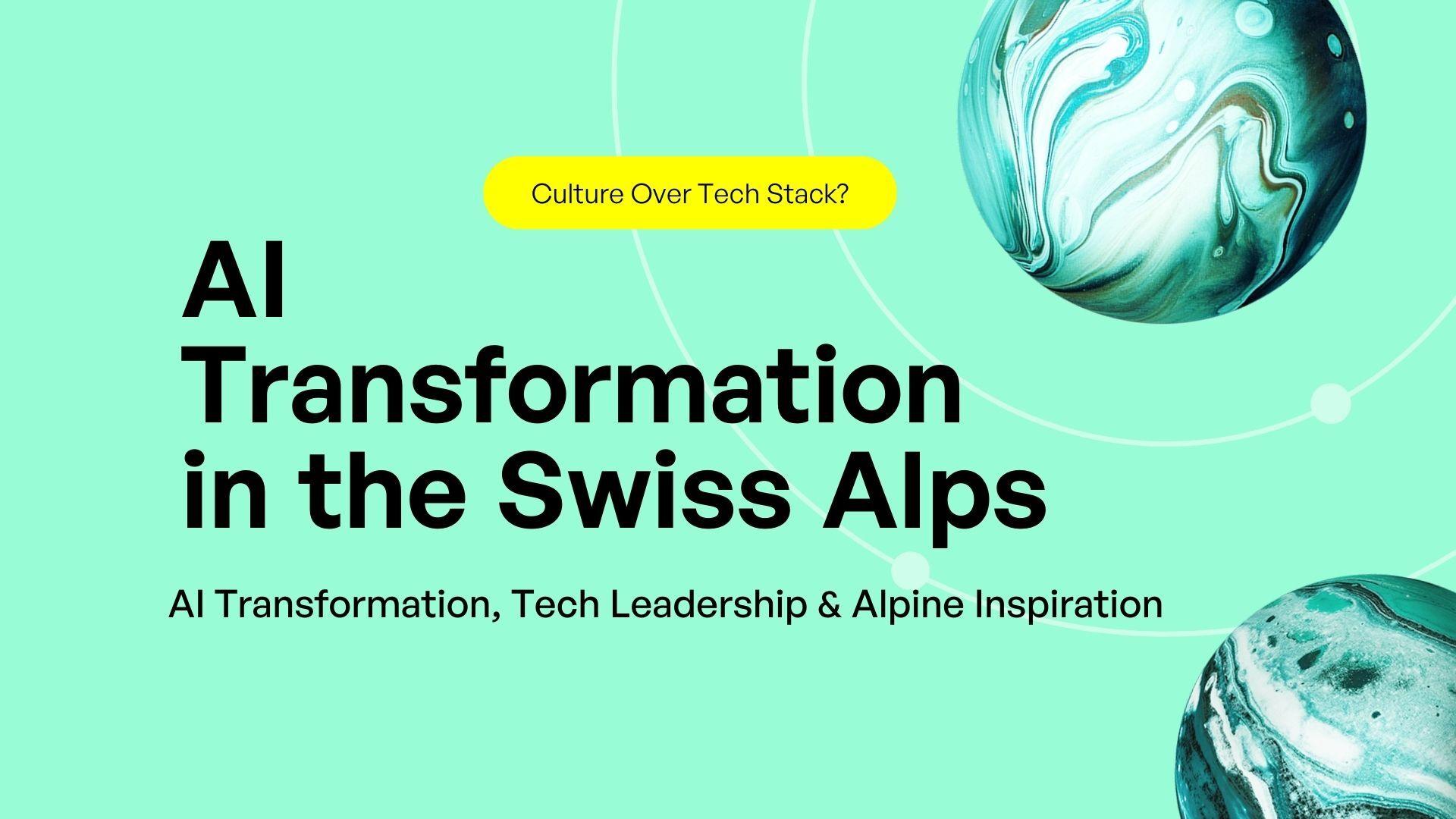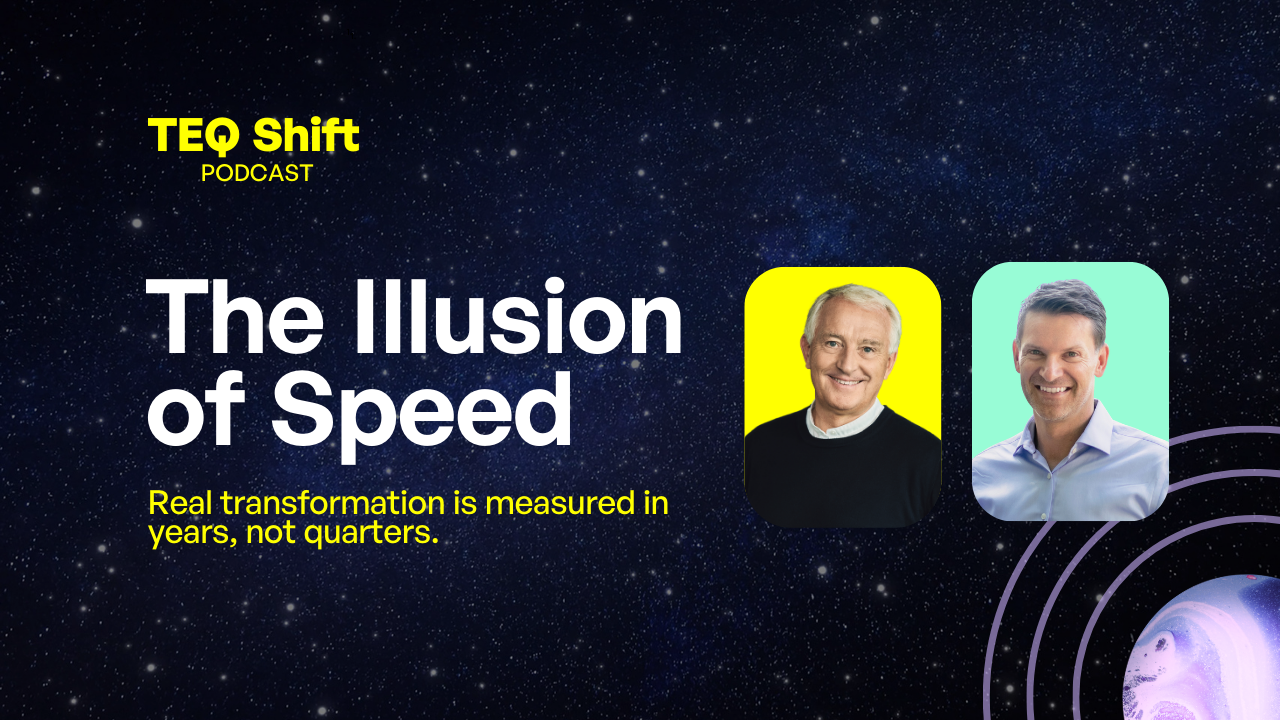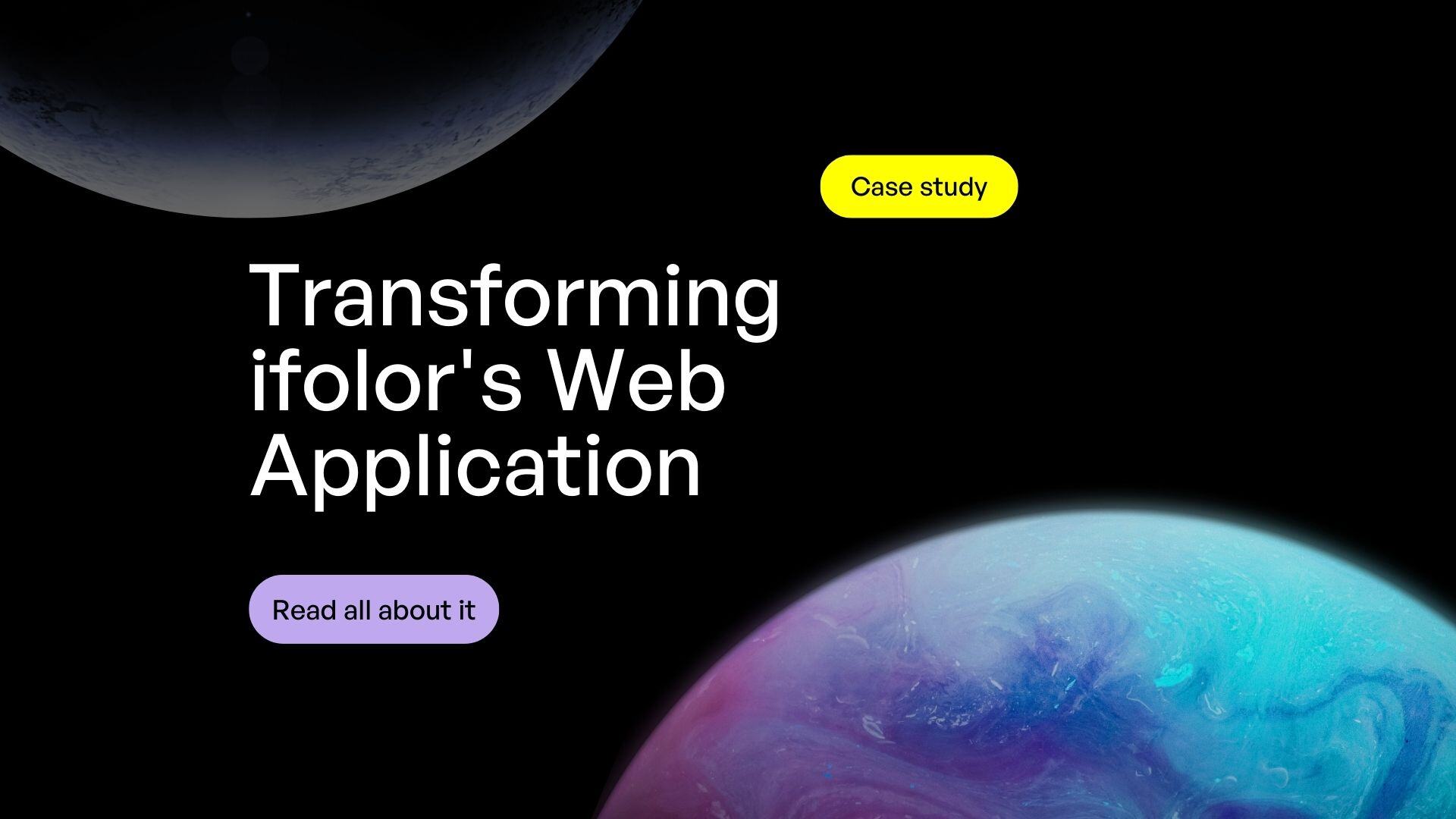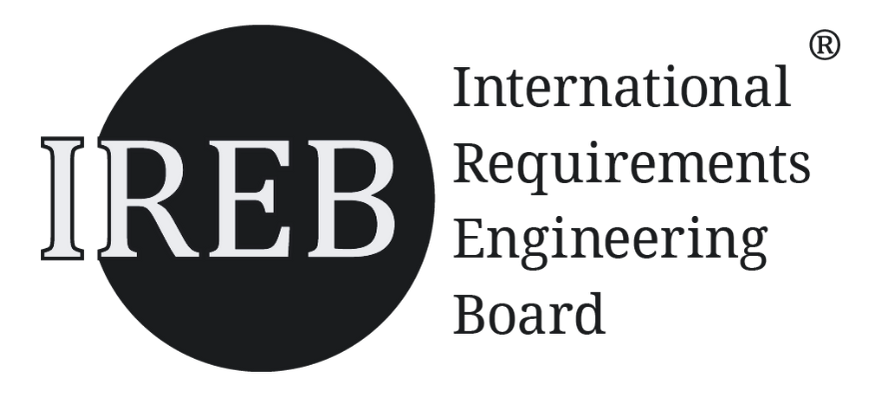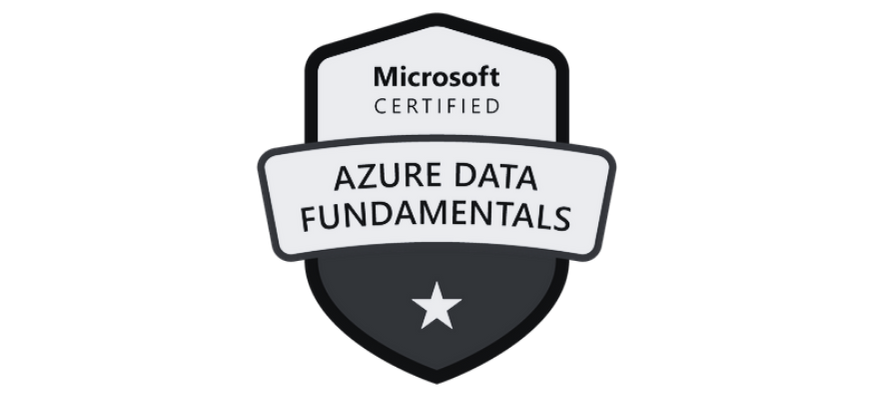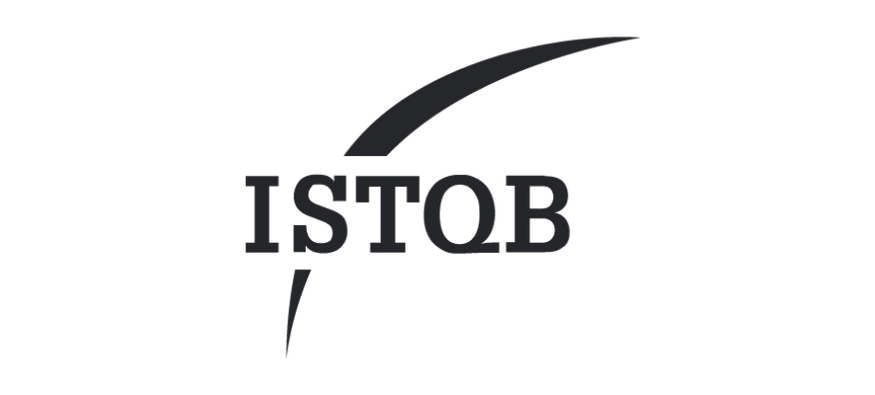Or in other words, why culture eats code.
There’s a reason why change projects often stall, why legacy refactors spiral, and why ambitious AI initiatives lose steam. It rarely comes down to tech. Instead, it comes down to trust, misalignment, and what Füsun Wehrmann calls the "human operating system".
In her TEQ Shift Podcast conversation, the former Group CTO of InPost (Europe’s leading out-of-home delivery platform) and ex-Wayfair and Microsoft tech leader laid out a candid, experience-driven view of how transformations succeed or fail in enterprise-scale environments. From managing 800+ person organisations to building AI-enabled distributed teams, her insights cut to the core of what really matters when you're pushing change.
This article breaks down the six most critical mistakes tech leaders make in transformation initiatives, along with field-tested hacks to fix them, straight from Füsun’s playbook.
Or listen to the podcast to get the first hand experience:
1. Mistake: Treating Symptoms, Not Systems
Most organisations believe they have a tech issue. The monolith. The tooling. The data flows. But what they’re really grappling with is perception.
"Everybody agrees there's something to fix, but if you ask different stakeholders, you'll get different answers."
Stakeholders see outcomes that matter to them—delivery delays, rising costs, platform instability. But these are symptoms. Without understanding the system that creates them, you’ll waste time fixing the wrong thing.
How to Fix It: Map the belief landscape. Before launching any change, run a structured diagnostic across roles: commercial, engineering, finance, support. Catalogue what each group thinks the problem is and what they expect as a solution. Your role as a leader? Synthesise, not standardise. Build a change thesis that translates across perspectives.
2. Mistake: Relying on Hero Leaders
A single person gets tasked with rescuing the situation. It creates dependence, pressure, and burnout.
"There's usually one person pulled in to heroically fix everything. But no one person can change an organisation."
Hero-led change is brittle. It dies the moment the hero exits, or burns out. It also slows momentum because decisions and ownership are centralised.
How to Fix It: Build a transformation spine—a small cross-functional group (3-7 people) with clear ownership areas, mutual trust, and a shared manifesto. This core team drives the change, while distributed squads implement and report progress. Make the manifesto public and hold each other accountable to it.
3. Mistake: Trying to Align Everyone
Leaders often aim for perfect alignment across all stakeholders before taking action. That moment rarely comes.
Waiting for everyone to agree delays momentum. And worse, it forces compromises that water down real change.
How to Fix It: Focus on alignment with the critical 20%. These are the stakeholders who will carry the change or block it. For everyone else, communicate in their language. Create different narratives for engineering, product, finance, and commercial—anchored in one shared objective.
4. Mistake: Ignoring Culture Debt
Culture doesn’t show up on the roadmap. It doesn’t have a ticket or a deadline. But it's the invisible hand behind delays, passive resistance, and scope drift.
Teams still anchored in 10-year-old behaviours, rituals, and beliefs can't adapt to 3x traffic, 5 new markets, or new AI systems. They simply can’t operate at today’s tempo.
How to Fix It: Run a culture delta scan. Compare "how we work" vs "what this change demands." What old norms, rituals, or unspoken rules are holding things back? Retire those consciously. Reward the new behaviours visibly.
5. Mistake: Underestimating GenAI Fear
AI rollouts often assume excitement. But in reality, they stir up fear—especially among mid-career engineers and managers.
"The group in the middle has the most psychological safety issues. They fear being sidelined while still holding responsibility."
When teams are worried about status or relevance, they resist new tools, even subtly. GenAI isn’t just a productivity shift—it’s a cultural one. If ignored, you’ll sabotage your own adoption curve.
How to Fix It: Prioritise psychological safety in your GenAI roadmap. Involve your mid-career cohort early. Let them run pilots, contribute to policy, and shape how AI fits into workflows. Focus less on the tech, and more on autonomy, ownership, and learning pathways.
6. Mistake: Forgetting the Human OS
Most change plans assume logic will win. But transformation is emotional. People cling to what they know, even if it's broken.
If your operating model changes but your human OS doesn’t, transformation fails silently. Teams go through the motions but never truly shift.
How to Fix It: Design change for emotion, not just logic. Acknowledge fear. Make success tangible. And communicate with radical specificity. Don’t just say "we’re migrating off the monolith." Say what that means for each team, each KPI, each role. Speak their language.
Conclusion: You Don’t Need Perfection, You Need Progress
As Füsun put it:
"Change is not about perfection. It’s about taking informed decisions, correcting your path, and moving forward with a team."
Transformation isn’t a roadmap. It’s a rhythm. It’s imperfect, emotional, non-linear, and ultimately, human.
Whether you’re leading a refactor, scaling a distributed team, or deploying GenAI at scale, remember: culture eats code. The tech can work. The architecture can scale. But without alignment, trust, and the right pace of change, nothing moves.

